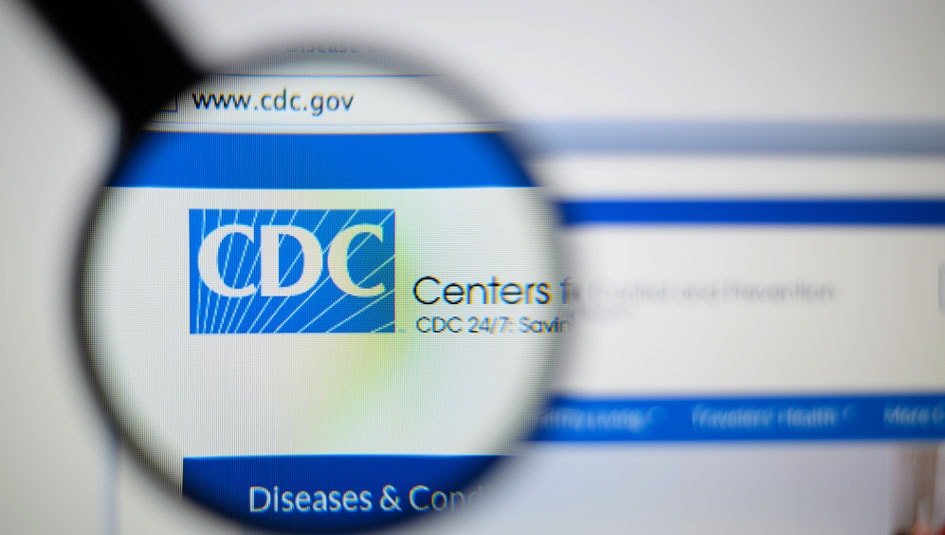CDC Report Understates Link Between DKA and Insulin Costs

A CDC study confirms what many individuals within the diabetes community have already suspected: the incidence of diabetic ketoacidosis (DKA) is on the rise. As most readers know, DKA is a life-threatening but usually avoidable complication of diabetes, which occurs when blood glucose levels exceed 250 mg/dL, leading to an increased ketone concentration. While it can affect individuals with Type 2 diabetes, it mostly affects those with Type 1. Also, while DKA can present as the initial sign of either type of diabetes, it normally occurs in those individuals who have knowingly lived with disease for some time.
The CDC’s United States Diabetes Surveillance System* (USDSS) found an increase in hospitalization rates for DKA during 2009–2014 for all age groups but most notably among persons younger than 45 years of age. The annual rate of increase averaged 6.3%, following a slight decline in hospitalizations between 2000-2009. The study also found that rates of in-hospital fatalities for those with DKA decreased between 2000 and 2014.
The authors of the study note that the “causes of the increase in DKA hospitalization rates are not clear, but several possible explanations include the following: changes in case definition, new medications that might increase the risk for DKA, and higher admission rates because of lower thresholds for hospitalization (i.e., admission of persons with less serious disease).
After the study was promoted on social media, twitter-users were quick to note another possible cause: increased insulin costs.
Tom Goffe (@thomasgoffe) wrote, “Rates of diabetic ketoacidosis (dangerously high glucose levels often caused by too little insulin, or illness) have increased markedly in recent years. So have insulin prices. Cause/effect? #diabetes.”
Laura Marston (@kidfears99) added, “‘DKA hospitalization rates increased 54.9% from 2009 to 2014.’ The price of insulin rose 125%, from $100 a vial to $225 a vial, during this time period. #insulin4all.”
The CDC study only mentions cost in one instance—when speculating about possible causes for the high incidence among the under 45 age group. Authors note that the DKA hospitalization rate among individuals in this group was 27 times higher than that among persons 65 years or older, which suggests the need to consider the demographic and clinical characteristics of youth and young adults. They write, “Information from studies among these groups might help determine whether factors such as symptom recognition, adherence to therapy, self-management skills, access to care, or cost of treatment (emphasis added) should be a focus of DKA prevention strategies.”
This brief mention is certainly surprising to those within the diabetes community, who have witnessed the growing number of news stories of individuals who have died from rationing insulin, who have seen some of 6,000+ GoFundMe pages created for insulin, or who are among the 39% of Americans who pay list prices for insulin due to lack of insurance or high deductible health plans. For these individuals, the CDC’s seeming aloofness about such a severe and widespread issue is understandably frustrating. How can an organization that purports to “save lives and protect people” be so out of touch with the crises faced by the diabetes community?
T1International founder Elizabeth Rowley says the omission is not surprising, given that the CDC has “hardly touched cost and access issues to-date.” The CDC recognizes that drug costs disproportionately impact individuals with diabetes—it elsewhere notes that “medical costs for people with diabetes are twice as high as for people who don’t have diabetes”—yet the organization has not bothered to break the surface of the issue. This is a real shame, according to Rowley, because the CDC is a big player with lots of research funding, which could very easily improve knowledge about the links between costs and complications.
Perhaps, though, state-level policymakers and members of the public are becoming more aware of issues related to insulin costs. This is what Mike Hoskins recently touted over at Diabetes Mine. Hoskins says that grassroots advocacy related to insulin access “is catching on like wildfire in the USA.” Such is evidenced by legislation in Oregon calling for insulin pricing transparency, a New York Congressional candidate who is active in insulin advocacy, the Boston non-profit “Right Care” taking up #insulin4all as a rally cry, and a Colorado lawmaker calling for insulin price transparency in that state, among other recent news. “Yep, Insulin Affordability and Access is hitting a fever pitch!” says Hoskins.
Rowley is also hopeful, if a little more cautious: “There’s still not enough being done, but I do think the issue has increased visibility now that more organizations are jumping on the hot topic of insulin access.” Rowley explains, “On the federal level in the USA, things are at a standstill, but we are seeing state initiatives which are exciting, and more politicians seem to be getting the message that the drug pricing issue is important to a lot of people.” Furthermore, more patients are speaking out and taking action. “From T1International’s perspective, this is exciting and we hope to see more collaboration so that we can build power together and learn from each other.”
Let’s hope that Hoskins and Rowley are right—and that these local trends soon “trickle up.”
Do you have an idea you would like to write about for Insulin Nation? Send your pitch to submissions@insulinnation.com.
Thanks for reading this Insulin Nation article. Want more Type 1 news? Subscribe here.
Have Type 2 diabetes or know someone who does? Try Type 2 Nation, our sister publication.